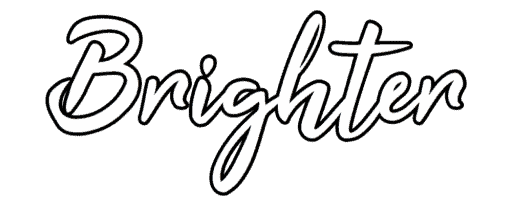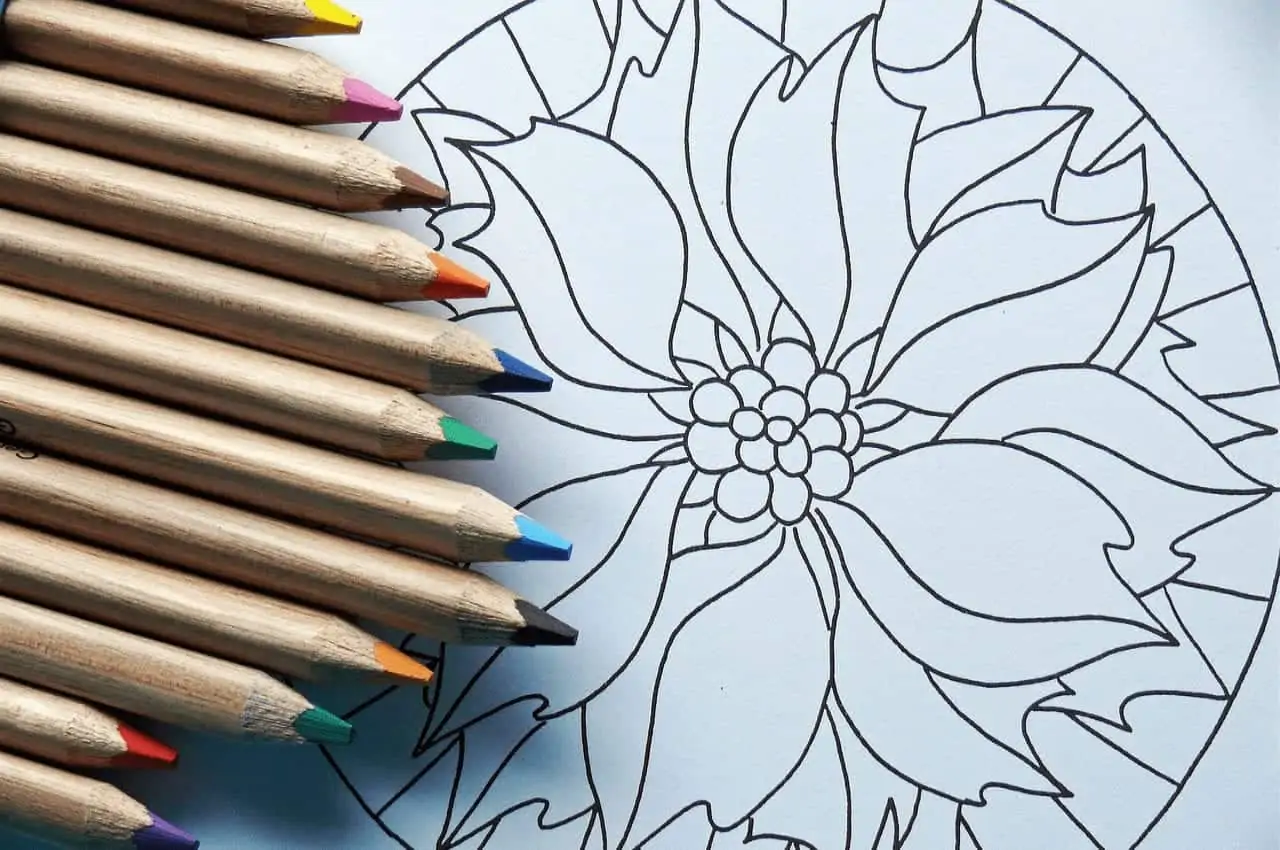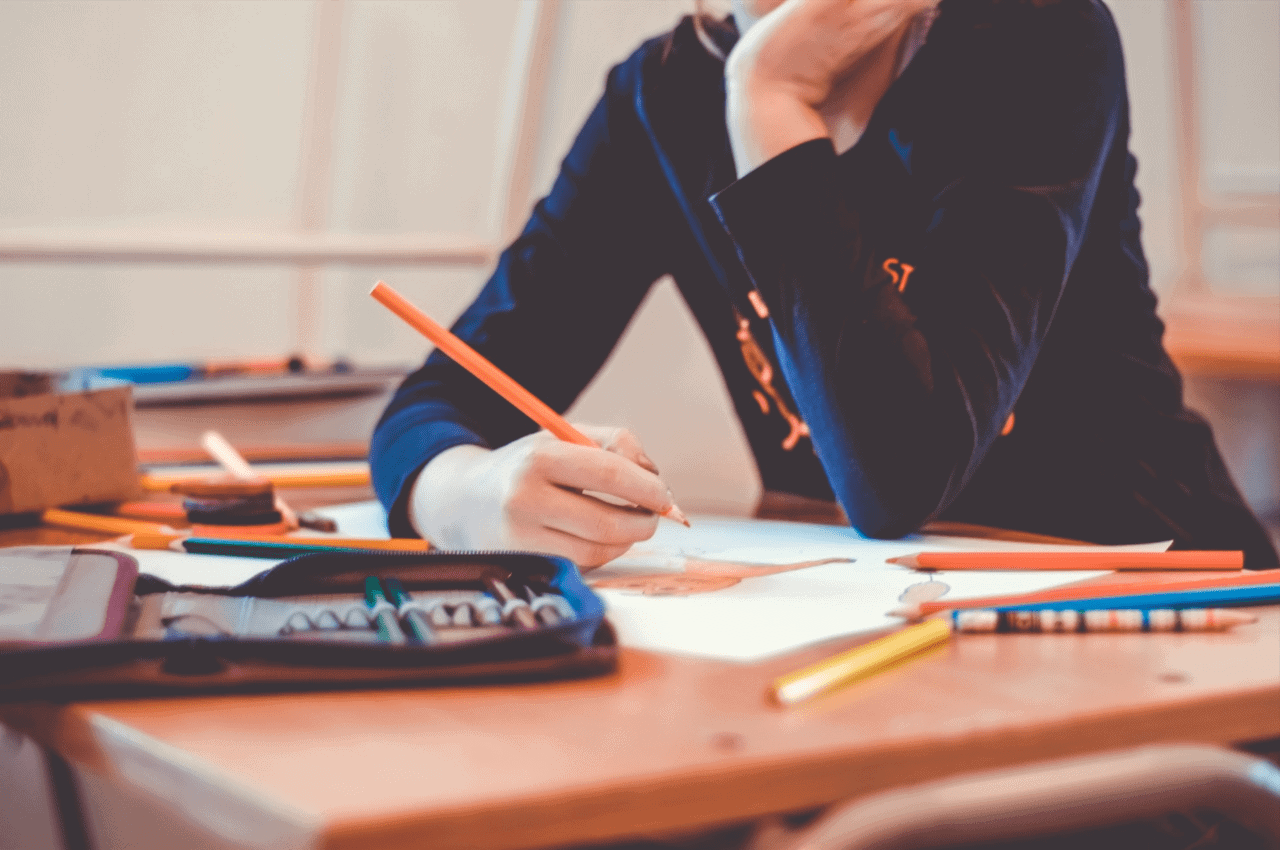There are many questions with AI art. As with any other art form, for it to be copyrighted, someone has to copyright protect it or prove prior ownership. If no one has, and you do, then that is your copyright to protect its use.
If you’re an artist or work in the creative industries, you will certainly have heard all the fuss about AI-generated art. This cutting-edge technology has grown in its ability so fast that it has taken the art world by storm. Many artists are using it to create unique pieces that push the boundaries of what we thought was possible.
There is a more philosophical question about the fact that because AI generated art is all essentially copied in some way that it can never be truly original, but what I am concentrating on here is the legal questions about whether or not AI-generated art is copyrighted, or copyrightable. I will try to answer this question as simply as possible and give you with some tips to help protect your own AI-generated creations.
Table of Contents
How does AI-generated art work?
Before we dive into the question of copyright, it’s important to understand what AI-generated art actually is and how it is generated. AI-generated art is created using algorithms and machine learning techniques, rather than traditional artistic methods. These algorithms analyse and store huge amounts of data from which they learn patterns. They then combine those patterns to create unique pieces of art based on the prompt data you use.
The boundaries really are endless, although at present most AI generated art is either digital images, music or sculptures if combined with a 3D printer.
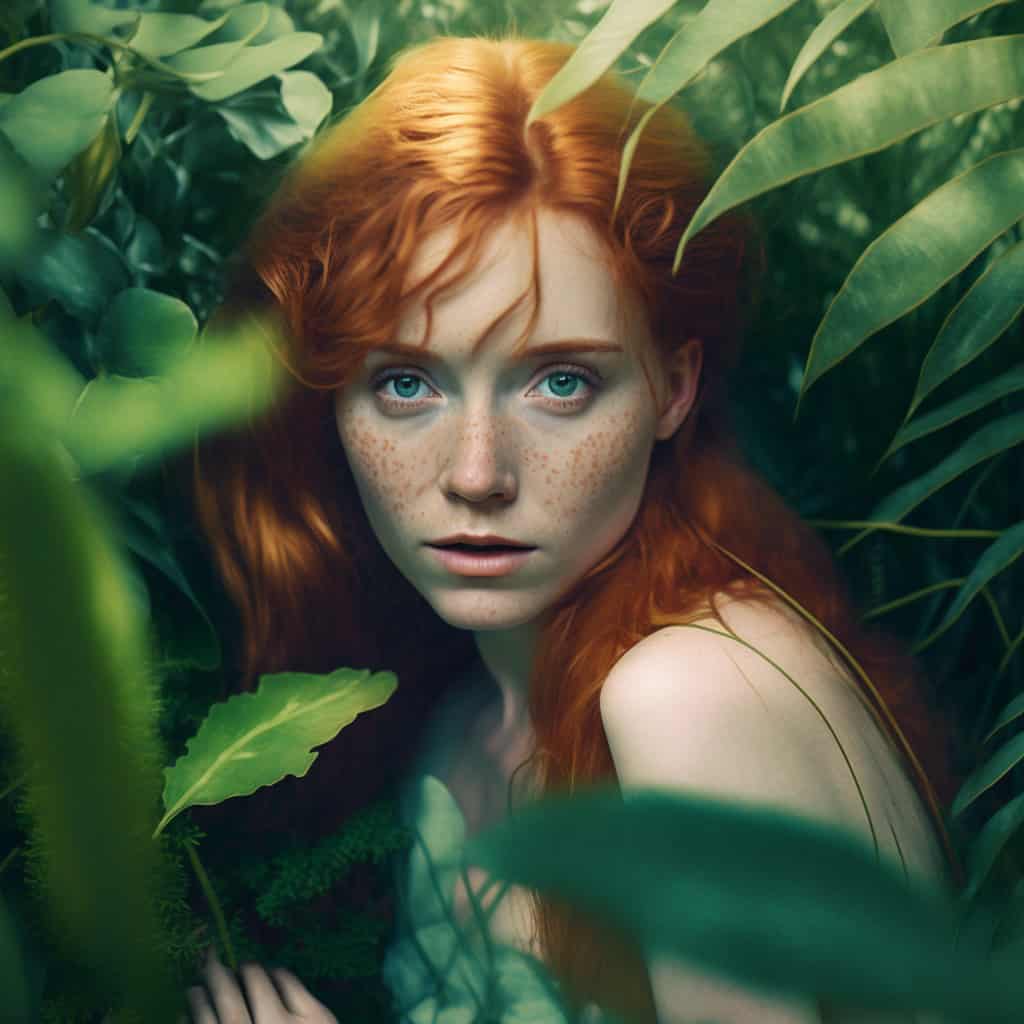
Copyright laws and AI-generated art
So, let’s explore the complicated question of copyright. In theory, the copyright for any AI-generated piece of art will belong to the creator of the algorithm used to create it. So if you used Midjourney to create it, it is their copyright to protect.
However, in reality this is, so far, not the way it works. The algorithm is actuated by the prompt you feed it, so you, as the creator of the prompt that created the artwork are the creator. Where this gets even more complicated is that if you copy someone else’s prompt, is that then their creation? Well on this I would say no, not really, because even if you use the same prompt twice you will not get identical results. But this shows you how complex the subject is.
The creator of any piece of art is the person who controls the copyright, so the question always boils down to “Who is the creator?”. Exceptions to this are if you are employed by someone, if you create something as part of your employment, then unless prior arrangements have been agreed the copyright will fall to the employer.
There are other cases where the copyright for an AI-generated piece of art can be more complex too. For example, if the AI algorithm used to create the art was trained on copyrighted material, such as a photograph or a song that is copyrighted in someone else’s name, there could technically be some copyright issues to consider there.
This puts the AI platform in the position of copyright infringement, but to make this possible the companies involved would have to release all the information about what images the platform has been trained on and pay the appropriate license fees to all the original creators which I can’t see happening.
This is a new industry and the legal professionals will be rubbing there hands together in glee as they try and figure out a way to enforce and protect existing copyrights, but it is a very complex issue.
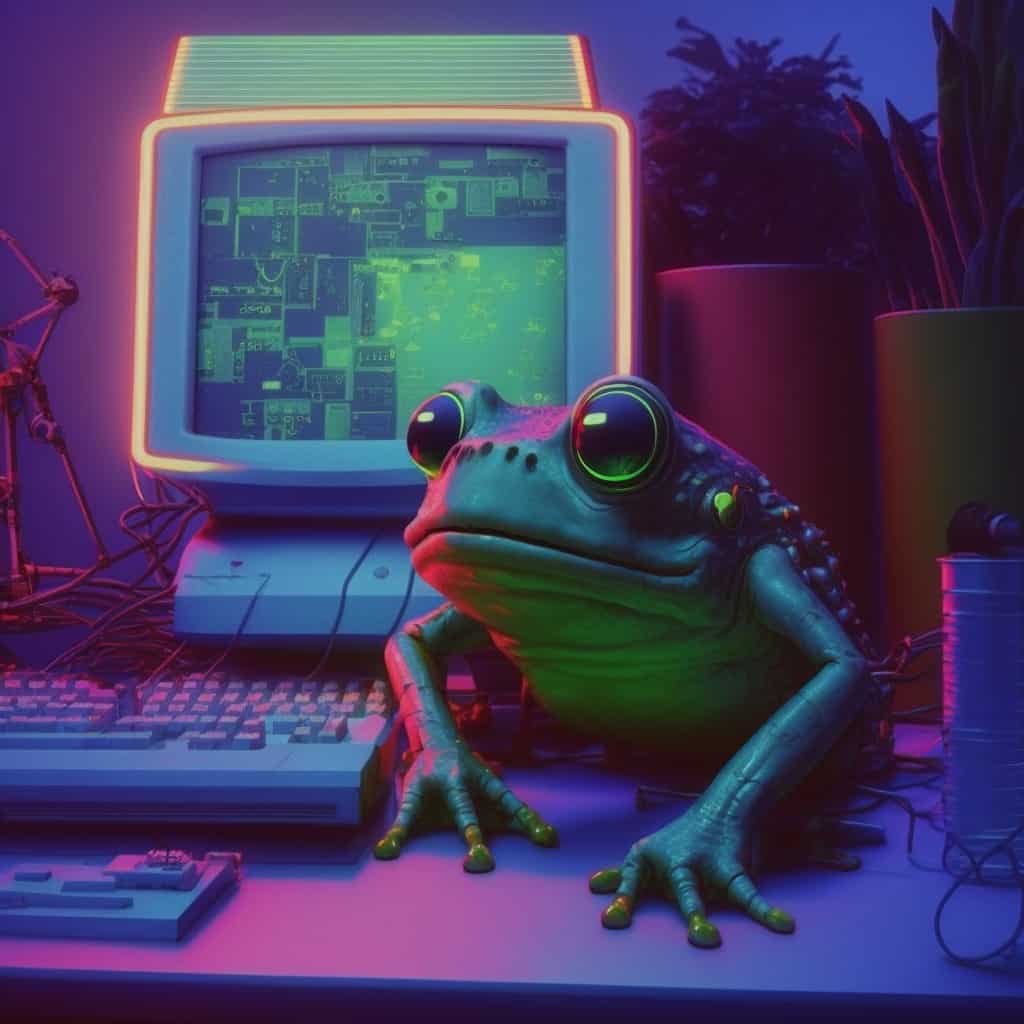
Tips for protecting your AI-generated art
If you’re creating AI-generated art, there are a few things you can do to help protect your creations:
Keep detailed records:
Keeping detailed records of the algorithm used to create your AI-generated art, as well as any data sets you used to train the algorithm, is crucial for protecting your copyright. These records can help you prove that you’re the rightful owner of the copyright if any disputes arise. Here are some tips for keeping detailed records:
- Document the name and version number of the algorithm used to create your AI-generated art.
- Keep a copy of the code used to run the algorithm.
- Record the prompt parameters used to actuate the algorithm,
- Keep a copy of any data used as a source and any modifications you made to it.
By keeping detailed records, you can show that you created your AI-generated art in an original way, on a set date, which can help protect your copyright.
Register your copyright:
While copyright registration isn’t strictly necessary in most cases, it can be helpful if you ever need to enforce your copyright in court. In the US, for example, you can register your copyright with the US Copyright Office. There are some benefits of copyright registration:
- It provides public notice of your ownership of the copyright and allows you to charge others for the use of that copyrighted material.
- It gives you the right to sue for copyright infringement.
- It allows you to recover statutory damages and attorneys’ fees in a copyright lawsuit.
By registering your copyright, you can provide an extra layer of protection for your AI-generated art, and you will have legal options if someone infringes on your copyright.
Consider licensing:
If you’re willing to share your AI algorithm with others, you could maybe consider licensing. This can help you generate revenue from your creations while also protecting your copyright. There are various platforms where you can market your portfolio, but here are some tips to remember when licensing your AI created art:
- Decide on the terms of the license you want, such as the duration, geographic scope, and limits to allowed uses.
- Determine the licensing fee or royalty rate you will charge for the use of your art.
- Use a written agreement signed by all parties to document the terms of the license.
By licensing your AI art, you can generate income from your creation while still maintaining control over its use. Licensing can also help you protect your copyright by demonstrating existing copyright protection use of the art in a ways that you authorized.

Conclusion
The copyright laws surrounding AI-generated art can be complex and will be developing as we progress. The copyright will always belong to the creator of the art. The question really becomes, “who is the creator?”.
There are already cases where copyright issues have been argued by owners of copyrighted material used to train the various algorithms. To protect your AI-generated art, it’s important to remember the basics.
keep detailed records, register your copyright, and consider licensing your work. By taking these steps, you can help ensure that you’re the rightful owner of your creations and avoid any legal disputes.
A Final Addition
The US Copyright Office statement has recently released some new guidelines, but even these are a bit contradictory. They state that they will
“consider an AI-generated work copyrightable if a human can prove they themselves put a meaningful amount of creative effort into the final content”.
However, the same statement says
“if a work’s traditional elements of authorship were produced by a machine, the work lacks human authorship and the Office will not register it.”
So it just isn’t very clear right now. One thing that struck me is that on the copyright application, unless you clearly state it is AI generated, then who is to know? AI art has already progressed immeasurably, and it will keep improving. Soon no one will really know if a piece of art is AI generated or not.

